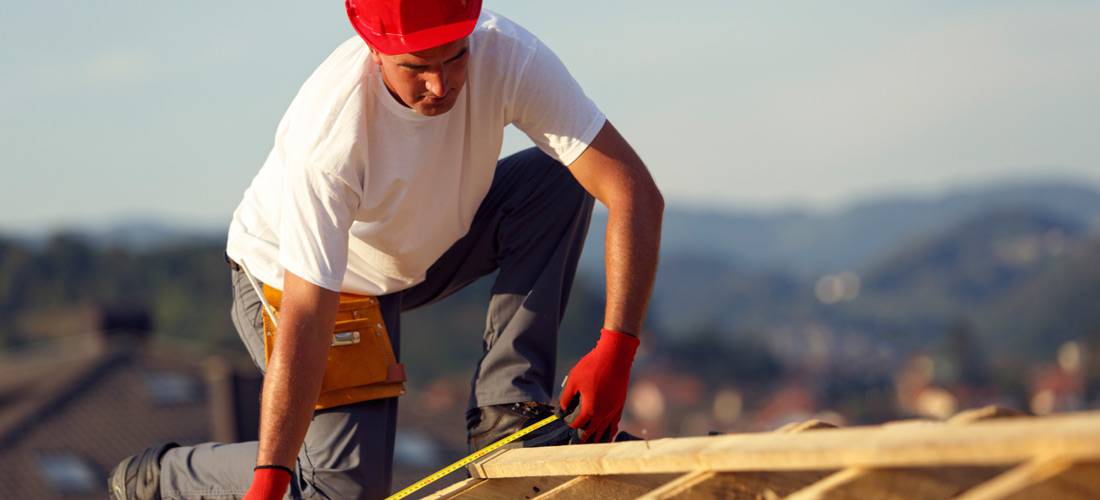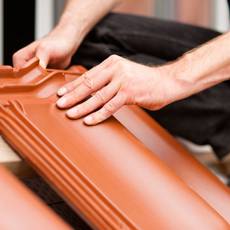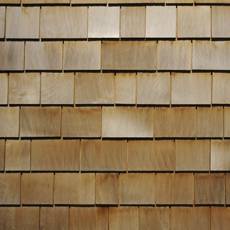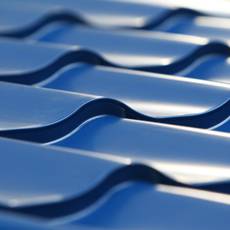Whether you're building your house from scratch or simply looking to renew the topside of your abode, you need to build it well and treat it with love.
For most people, they don’t realize how critical the roof really is until it starts to leak. Experts recommend that you conduct bi-annual roof inspection and roof replacement anywhere between 20 and 100 years, depending on the manner it is constructed.

Today more than ever, there are more types and styles of roofing to choose from – wood, slate and other natural materials as well as sheet metal, asphalt, plastic polymers and other engineered roofing materials. Each has its own advantages and shortcomings but can add a distinctive design element to your home.
We’ve rounded up six of the most popular roofing materials so you can know which one is right for you.
1. Asphalt/Composite
 Asphalt or composite shingles are popular not only because they are cost-effective and readily available but also because they consist of a fiberglass mat that's then topped with mineral granules and asphalt. These durable “three tab” shingles keep water out and reflect UV rays, thus, protecting your other roof components and your home.
Asphalt or composite shingles are popular not only because they are cost-effective and readily available but also because they consist of a fiberglass mat that's then topped with mineral granules and asphalt. These durable “three tab” shingles keep water out and reflect UV rays, thus, protecting your other roof components and your home.
Asphalt or composite shingles, which often are available with two or three decade warranties, can be installed quickly and can easily be replaced and/or repaired. There is also organic asphalt or composite shingles made from recycled felt paper – also waterproof like the fiberglass asphalt or composite shingles – more durable but are more expensive to purchase.
2. Tile
 Clay and concrete tiles are popular among homeowners building a Mission, Spanish Colonial, or Mediterranean style homes. The materials are heavy and difficult to install but it can give other roofing materials a run for their money because of its durability. Whether you choose genuine flat, ribbed or scalloped clay tiles, they add texture and elegance to your home’s exterior. Tiles are energy efficient, less expensive than genuine clay, and come in a wide range of colors.
Clay and concrete tiles are popular among homeowners building a Mission, Spanish Colonial, or Mediterranean style homes. The materials are heavy and difficult to install but it can give other roofing materials a run for their money because of its durability. Whether you choose genuine flat, ribbed or scalloped clay tiles, they add texture and elegance to your home’s exterior. Tiles are energy efficient, less expensive than genuine clay, and come in a wide range of colors.
3. Wood
 For hundreds of years, wood is the go-to roofing choice for many homeowners looking for that traditional and natural aesthetic appeal. Usually made from cedar, redwood and southern pine, wood roofing is also the most common roofing material in the United States because it can thrive in virtually any climate. It weathers to an attractive shade of gray, offering a rustic look to your property. Not as pricey as the others, it can still cost a pretty penny because it need regular maintenance and only has a 25-year life expectancy.
For hundreds of years, wood is the go-to roofing choice for many homeowners looking for that traditional and natural aesthetic appeal. Usually made from cedar, redwood and southern pine, wood roofing is also the most common roofing material in the United States because it can thrive in virtually any climate. It weathers to an attractive shade of gray, offering a rustic look to your property. Not as pricey as the others, it can still cost a pretty penny because it need regular maintenance and only has a 25-year life expectancy.
Look for Class A fire-rated wood roofing products if you live in a fire-prone area. Make sure its shingles are treated with a fire-resistant coating.
4. Slate
 Slate is especially popular in the Northeastern portion of the United States not only because it is both a beautiful and practical roofing option but mainly because it is extremely durable – lasting up to 100 years. You can find old farmhouses with its original slate-shingled roofs which haven’t had a single incidence of leaking in any kind of weather condition, thanks to this natural stone as its protective covering. Real slate shingles, however, are one of the more expensive roofing materials. Installation is incredibly difficult, costly and time-consuming but well worth it.
Slate is especially popular in the Northeastern portion of the United States not only because it is both a beautiful and practical roofing option but mainly because it is extremely durable – lasting up to 100 years. You can find old farmhouses with its original slate-shingled roofs which haven’t had a single incidence of leaking in any kind of weather condition, thanks to this natural stone as its protective covering. Real slate shingles, however, are one of the more expensive roofing materials. Installation is incredibly difficult, costly and time-consuming but well worth it.
5. Metal
 Metal roofing is marketed as fairly cheap, rugged, resistant to extreme weather conditions, and above all, attractive material. Perfect material for homeowners living in areas with extreme temperatures, you can choose between metal panels and metal shingles – in aluminum, copper, stainless steel and zinc. It is impervious to termites, carpenter ants and other wood-boring insects. Plus, it lasts longer than asphalt or wood, and offers high solar reflectance.
Metal roofing is marketed as fairly cheap, rugged, resistant to extreme weather conditions, and above all, attractive material. Perfect material for homeowners living in areas with extreme temperatures, you can choose between metal panels and metal shingles – in aluminum, copper, stainless steel and zinc. It is impervious to termites, carpenter ants and other wood-boring insects. Plus, it lasts longer than asphalt or wood, and offers high solar reflectance.
6. Polymer-based Roofing Materials
 There are now synthetic roofing products, developed to give you the texture, look and color of natural materials like wood and slate. Designed to be strong and easy to maintain, polymer-based roofing materials are often not as fragile, heavy or expensive as natural products. Make sure to inquire about warranty information with the manufacturer as well as other important factors such as fire and/or water resistance, maintenance or even its environmental impact.
There are now synthetic roofing products, developed to give you the texture, look and color of natural materials like wood and slate. Designed to be strong and easy to maintain, polymer-based roofing materials are often not as fragile, heavy or expensive as natural products. Make sure to inquire about warranty information with the manufacturer as well as other important factors such as fire and/or water resistance, maintenance or even its environmental impact.













Write a Comment